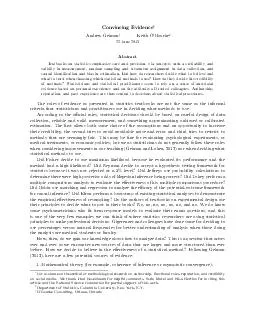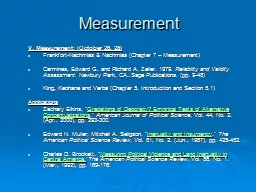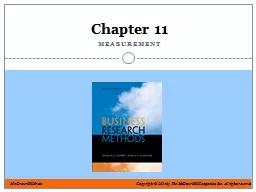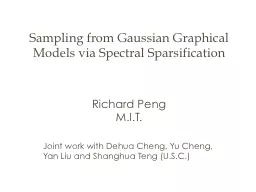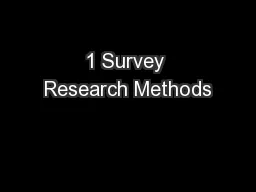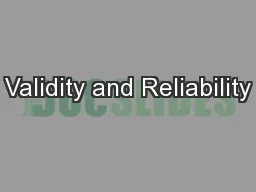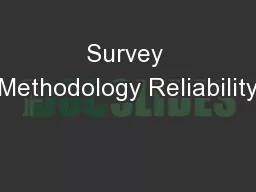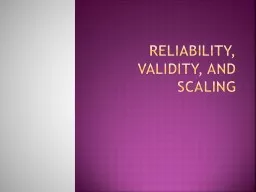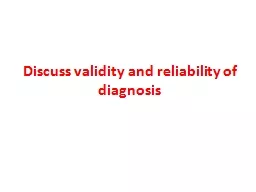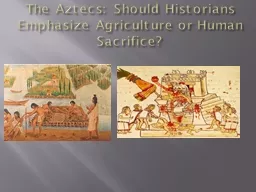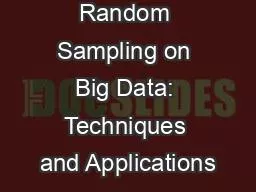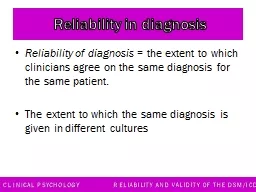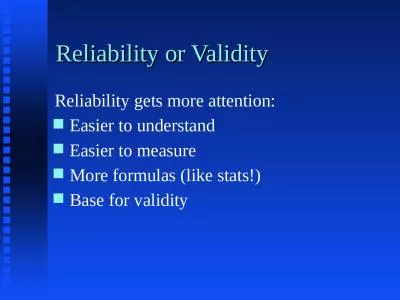PDF-Convincing Evidence Andrew Gelman Keith ORourke June Abstract Textbooks on statistics
Author : alexa-scheidler | Published Date : 2015-03-11
But how do researchers decide what to believe and what to trust when choosing which statistical methods to use How do they decide the credibility of methods Statisticians
Presentation Embed Code
Download Presentation
Download Presentation The PPT/PDF document "Convincing Evidence Andrew Gelman Keith ..." is the property of its rightful owner. Permission is granted to download and print the materials on this website for personal, non-commercial use only, and to display it on your personal computer provided you do not modify the materials and that you retain all copyright notices contained in the materials. By downloading content from our website, you accept the terms of this agreement.
Convincing Evidence Andrew Gelman Keith ORourke June Abstract Textbooks on statistics: Transcript
Download Rules Of Document
"Convincing Evidence Andrew Gelman Keith ORourke June Abstract Textbooks on statistics"The content belongs to its owner. You may download and print it for personal use, without modification, and keep all copyright notices. By downloading, you agree to these terms.
Related Documents

